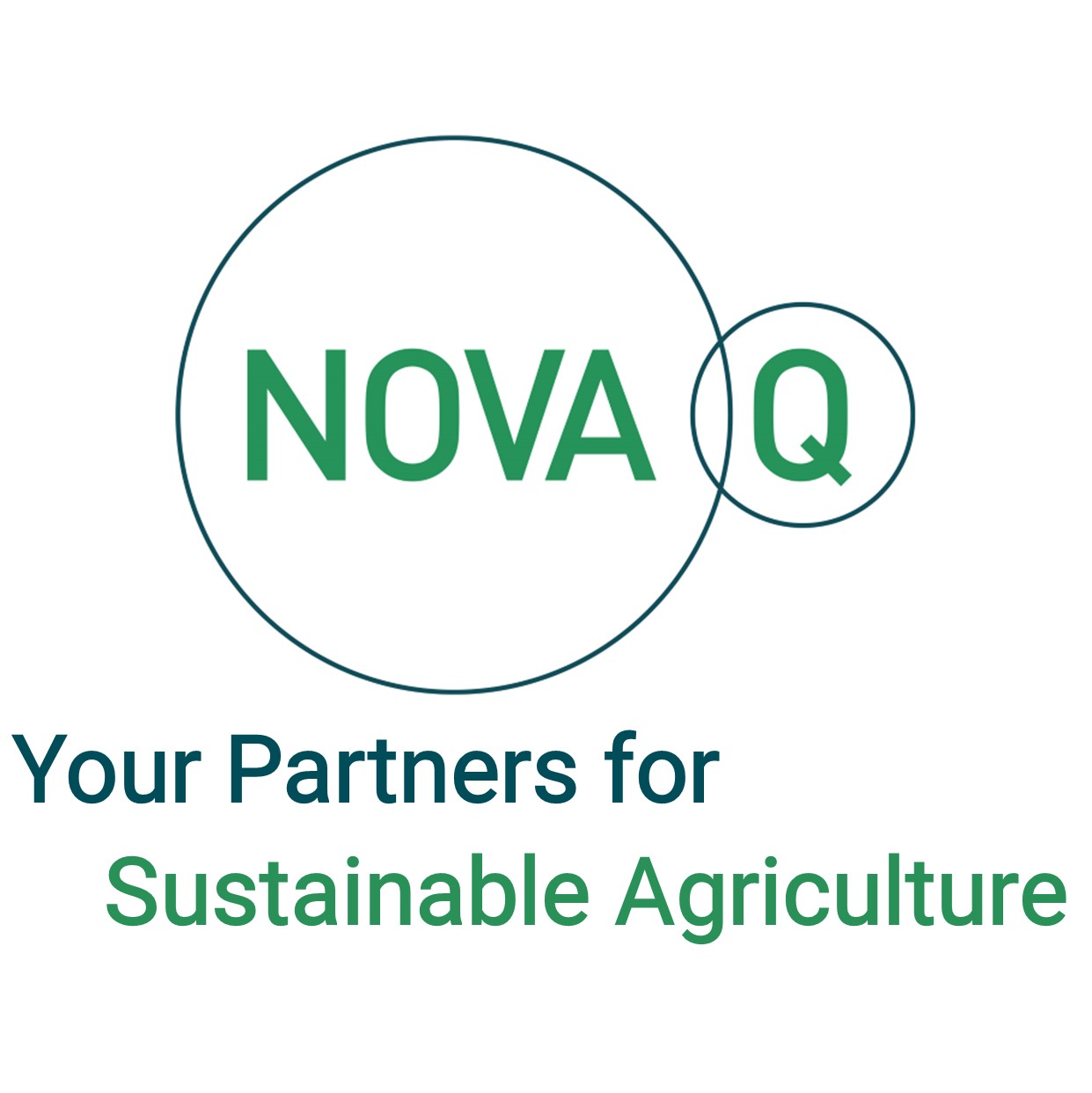Have you considered share farming?
The Irish dairy industry is going through an exciting evolution. The abolition of milk quotas in April 2015 has paved the way for expansion; it has also raised some challenges along the way.
Milk price volatility is likely to be a part of Irish dairying for the foreseeable future. However, there is a genuine feeling of optimism surrounding the industry – with evolution comes opportunity.
There is no doubt that collaborative farming models, including share farming, have a huge role to play in the future of Irish dairy farming.
Share farming can play a role in certain situations in the Irish dairy industry. It operates where two parties carry out separate farming businesses on the same land without forming a partnership or company.
The principle is that the landowner will provide the land and infrastructure – such as the milking parlour, wintering facilities and roadways – for dairying. Typically, the share farmer will provide the livestock, labour and take responsibility for running the farm.
It can operate where an existing farmer wants to remain dairy farming, but take a step back from the day-to-day running of the farm.
Share farming can also play a role where existing farmers start dairy farming on new blocks of land and use the share farming model to operate the farm.
Last week, Gurteen Dairy farm in Bandon, Co. Cork open it’s gates to facilitate a Teagasc share farming open day.
A large crowd attended the farm, where Tom Curran, a Teagasc farm management specialist, gave his views on the topic.
The farm was set up to demonstrate the operation and the financial performance of a share farming arrangement. The owners of the farm, Shinagh estates, (Drinagh, Bandon, Barryroe and Lisavaird Co-Op’s), operate the farm along with share farmer John Sexton.
There are many benefits and advantages to both the landowner and the share farmer. Curran said: “The key to success is a good understanding of people, be it with family members or another farmer, the relationship has to be managed and nurtured.
When talking about share farming, it is important that both the landowner and share farmer have a strong working relationship which is both effective and beneficial to both parties.
“The relationship must be built on trust and good open communication. There must be respect for each party including their families, farm and their property. Without this respect the arrangement will be unsuccessful” he said.
“A pay off resulting from share farming is a healthy work-life balance where two farmers, working together, achieve great results and even in some cases increase scale dramatically,” Curran said.
“Research shows that farm safety can be improved by share farming; both parties are conscious of each others families ensuring that measures are put in place to ensure each others safety” according to the Tegasc specialist.
Curran concluded by saying: “The government has been supportive in terms of revenue and the CAP payments paid to encourage young farmers to get involved in farming.
“There are also taxation benefits, in terms of the restructuring relief, for amalgamating fragmented farms,” he said.





